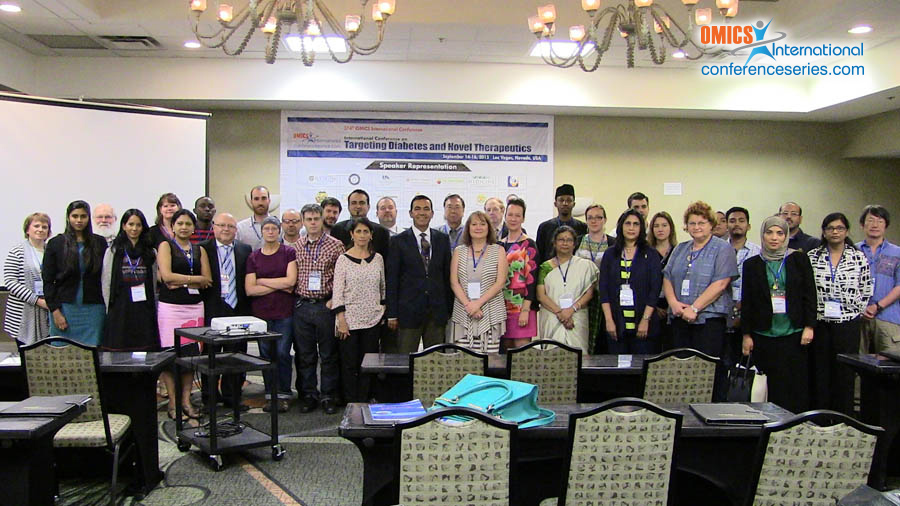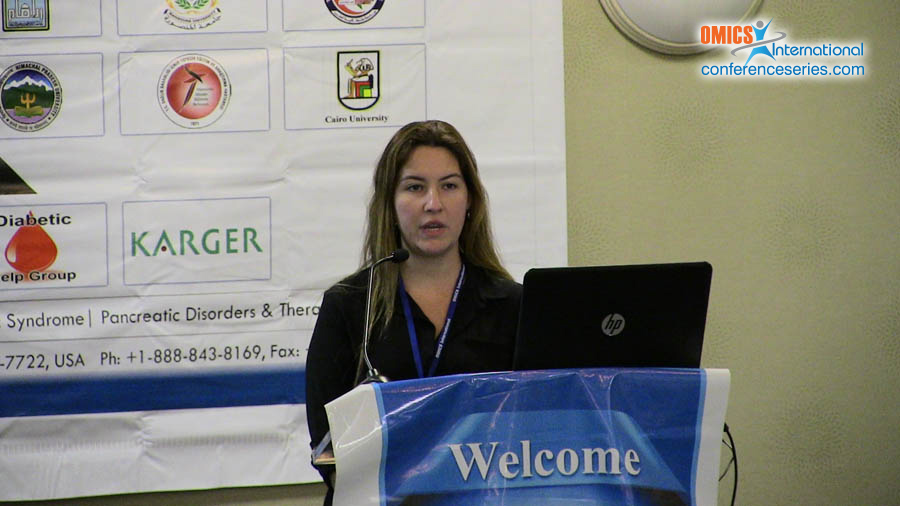
Marluce Da Cunha Mantovani
University of Sao Paulo, Brazil
Title: Decellularized pancreas bioscaffold generation aiming at Type 1 Diabetes therapeutics
Biography
Biography: Marluce Da Cunha Mantovani
Abstract
Type 1 diabetes mellitus (T1DM) is a condition resulting from the autoimmune destruction of pancreatic β cells, leading patients to require lifelong insulin therapy, however, often, this therapy does not avoid the most common complications of this disease. Transplantation of isolated pancreatic islets from heart-beating organ donors is a promising alternative treatment for T1DM, however, this approach is severely limited by the pancreas shortage. Recently, pancreatic bioengineering in Regenerative Medicine has been proposed as a potential alternative therapy. Human pancreas may be decellularized and the remaining bioscaffold, a skeleton of extracellular matrix (ECM), can provide the optimal microstructure and microenvironment for in vitro islets formation, maintenance and transplantation. Our group designed a new protocol for pancreas decellularization which may be used for both rat and human pancreas. The pancreatic tissue is submitted to a series of water and detergent-enzymatic solutions wash cycles. Complete decelullarization of the rat pancreas was obtained after only one cycle of this treatment (approximately 31h), as compared to another protocols in literature. Apparently, complete decelullarization of human pancreas was obtained only after approximately seven days under this protocol. Our next steps consist in evaluating and characterizing the extracellular matrix integrity. Therefore, instead of discarding, cadaveric pancreas may be decellularized to generate a very useful and powerful bioscaffold, which may be reconstituted to generate a partially or fully functional organ. This study intends to improve the islet transplantation outcome and to develop alternative treatments for T1DM.



